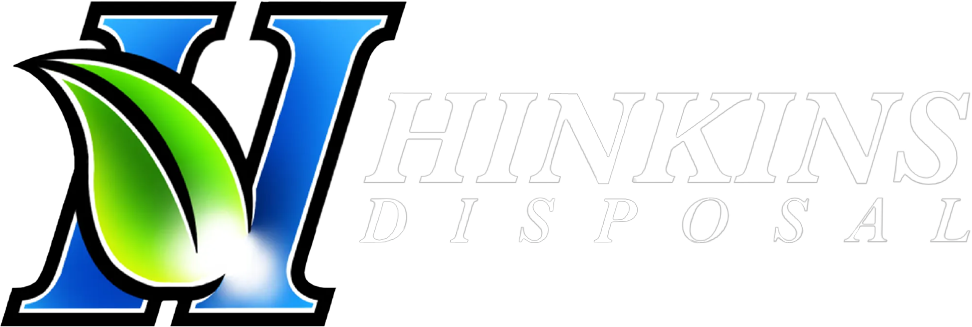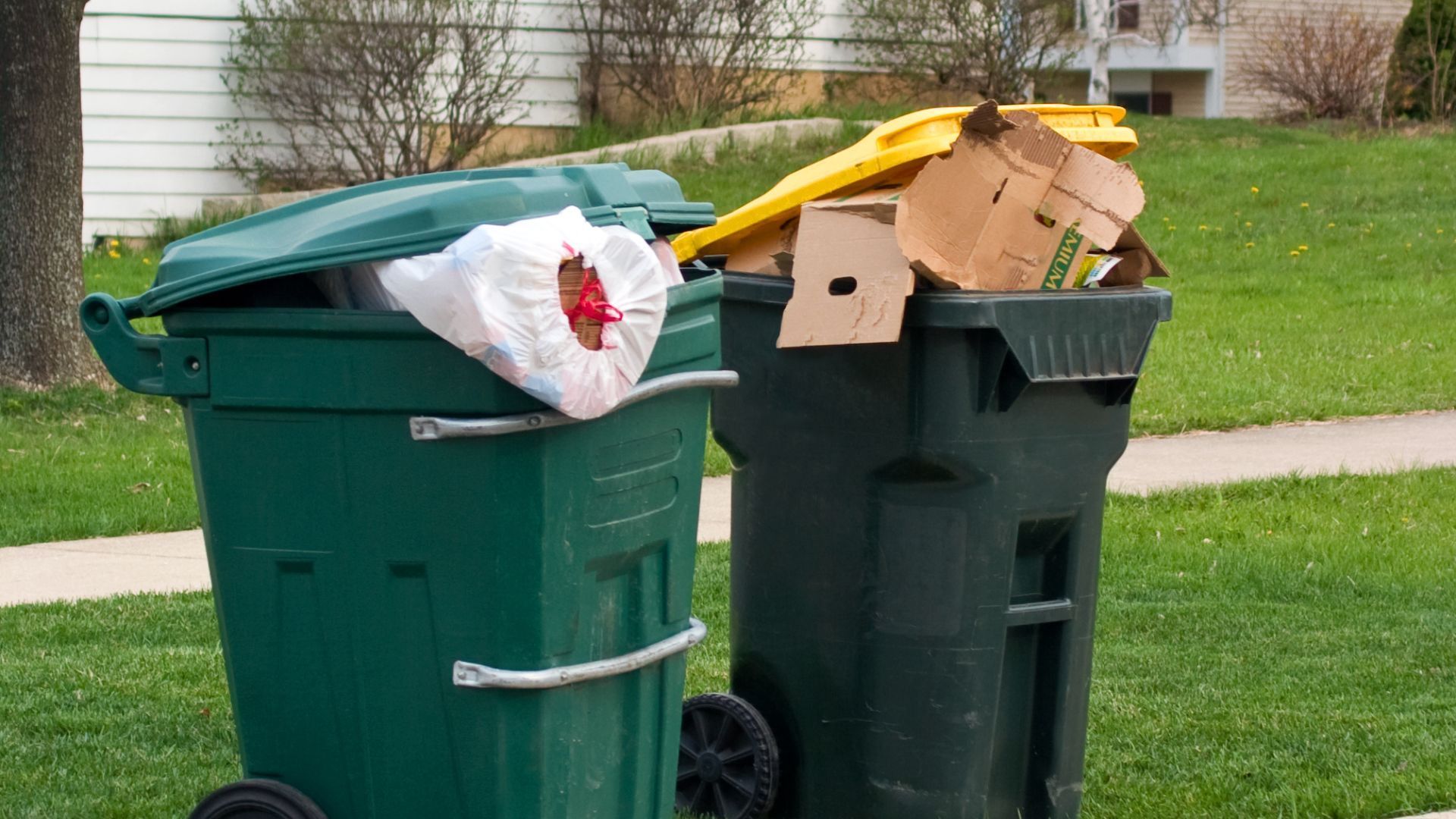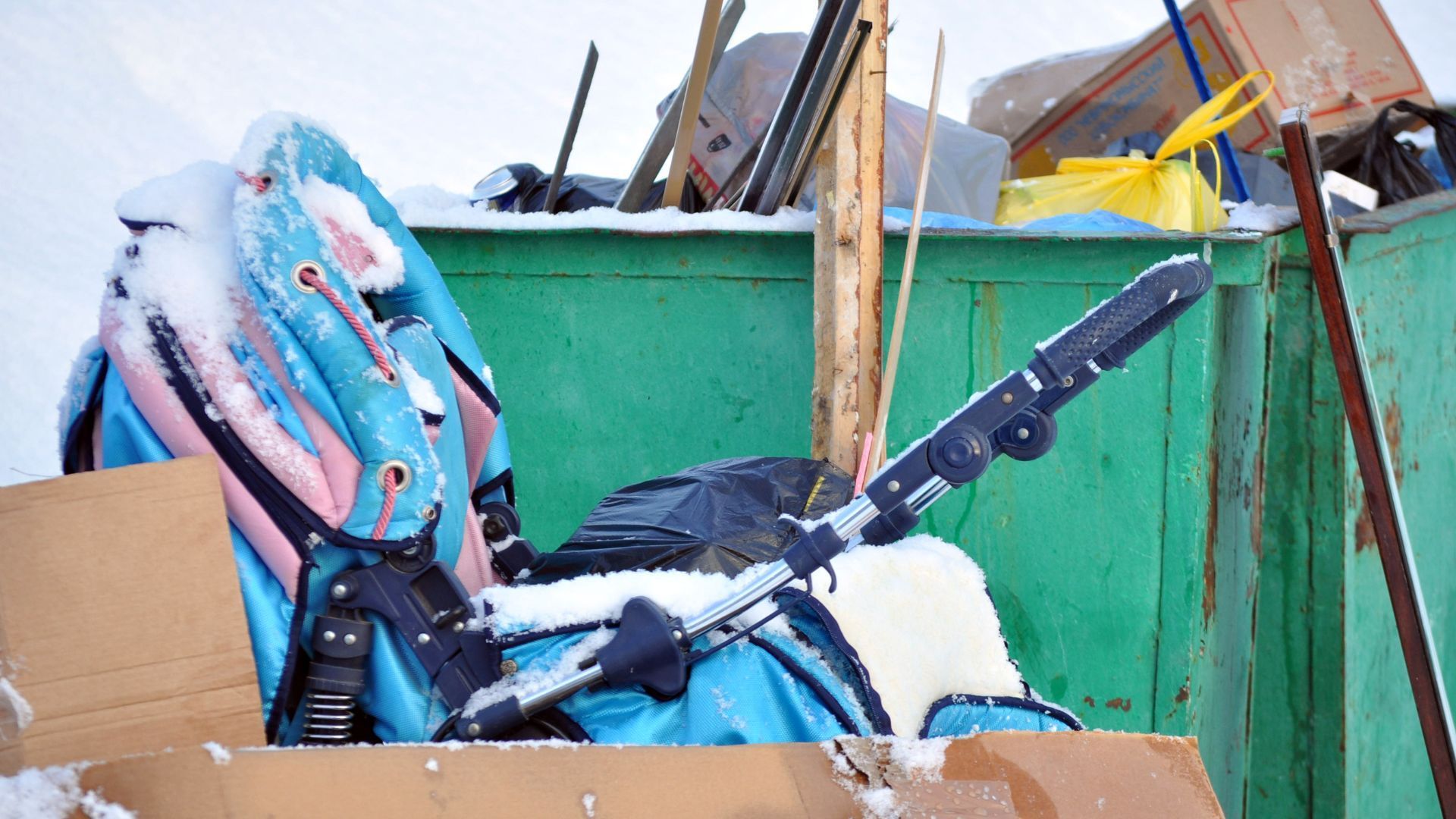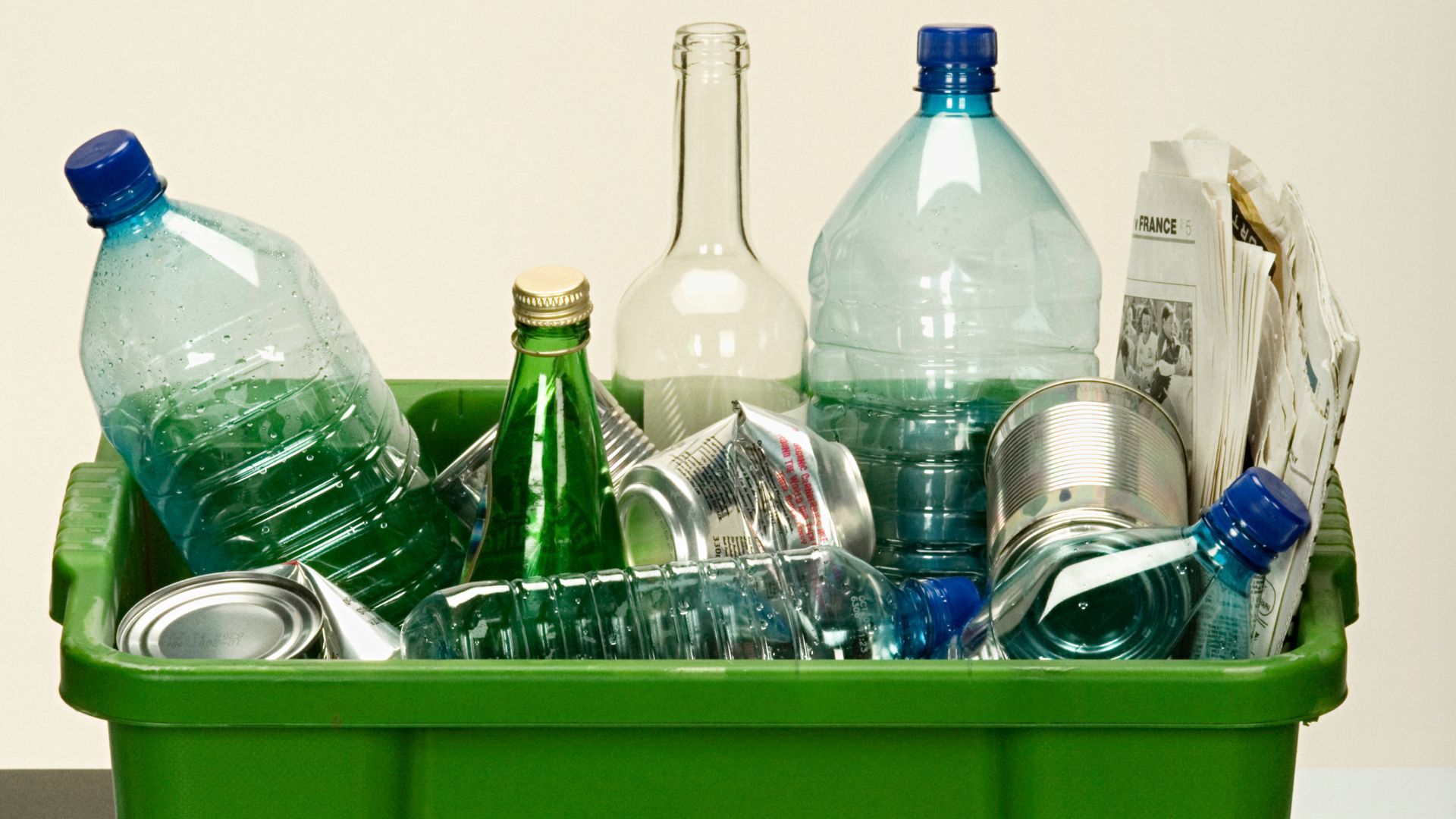How Junk Removal Augusta Reduces Landfill Waste Today
In the heart of the Southeast, where the Savannah River flows through the historic city of Augusta, a quiet yet impactful revolution is taking shape—one centered on mindful cleanup, environmental stewardship, and a strong commitment to reducing landfill waste. Junk removal services in Augusta are at the forefront of this change, moving beyond traditional hauling to embrace sustainable practices that prioritize sorting, recycling, and repurposing.
What was once hastily discarded is now examined for its potential to be reused, refurbished, or responsibly disposed of. This shift in approach is transforming how individuals, businesses, and entire communities deal with waste. It's not just about clearing out clutter—it’s about reshaping the lifecycle of our belongings and minimizing our environmental footprint. Through smarter processes and growing community awareness, junk removal in Augusta is helping redirect tons of material from landfills every year, building a cleaner, more resilient future for generations to come.
Shifting the Paradigm: From Haul to Reuse
et’s begin with a core shift in mindset. Not long ago, households treated trash as a singular endpoint—bags picked up, dumped, forgotten. Now, there’s a redefinition of what “junk” means. Items once thought irrelevant—old chairs, broken appliances, surplus drywall—are given a second life, often through repurposing, refurbishing, or recycling. Junk Removal Augusta doesn’t just haul; they dissect, sort, and prioritize what can be diverted from the landfill.
Consider this: a worn-out couch isn’t simply trash. It can be dismantled, parts recycled, wood reused. This shift in approach reshapes the waste stream before it even leaves your property. It’s not about rapid removal; it’s about intention. Teams scan each item for possibilities. Can metal components be recycled? Does the wood have reuse value? Are electronics repairable? That simple but profound query often means tons diverted from landfill paths each year.
Pinpointing the Diverted Goods
What sorts of materials are being rescued from becoming yet another layering in crowded landfill space?
Construction and Demolition Debris
A surprising volume of waste comes after renovations. Old drywall, broken tiles, scrap lumber—they used to be landfill staples. Now, many drywall scraps are processed into raw gypsum again. Reclaimed wood enters crafts or mulch production. Brick and concrete crushed and reused in hardscape or low-level structural applications.
Electronics and Appliances
Household electronics—televisions, computers, printers—contain precious metals and recyclable plastics. When removed responsibly, components are parted out and recycled responsibly. Old refrigerators or washing machines present another opportunity: metal reclaimed, refrigerant safely disposed. If the machine still works, donation becomes a real possibility.
Furniture and Textiles
Stripped couches, tired mattresses, old dining sets—still have value, whether through donation or repurposing. Even fabric upholstery often finds its way into insulation or cleaning rags. Clouded wool or cotton covers can become pet bedding or recycled fibers.
Household Hazardous Waste
Certain chemicals and paints pose environmental hazards. Junk removal services increasingly offer safe disposal channels. Leftover paint, solvents, household cleaners—handled via regulated disposal systems to protect waterways and soil.
Yard Waste
Branches, leaves, grass clippings—a compostable goldmine. Without proper diversion, it burdens landfills with organic waste that deteriorates other resources. Instead, composting returns nutrients to ecosystems and avoids methane production in landfills. This breadth of reclaimed resources demonstrates a sophisticated sorting mindset. Think of it as a local upcycle network—connecting waste streams to circular economy specialists, recycling centers, donation hubs, and more.
How It’s Organized: Strategy, Staff, Systems
Behind every successful landfill diversion effort lies a web of smart planning, dedicated personnel, and well-tuned systems. The process begins with a comprehensive at-property assessment, long before any items are loaded. Trained crews arrive to evaluate the site, taking stock of item types, potential hazards, overall volume, and opportunities for sorting or reuse. This stage isn’t rushed—it sets the tone for everything that follows. Once the job begins, sorting happens in real time. Different materials are directed into designated zones or containers: metals into scrap bins, electronics into padded crates, and hazardous materials into specialized containers. Items that meet criteria for reuse or donation are separated and set aside with care. This level of precision allows the team to route everything efficiently toward its next destination.
Coordination with recycling centers, donation hubs, municipal partners, and hazardous waste handlers ensures nothing is left to chance. These long-standing relationships allow the process to unfold smoothly. For customers, internal reporting systems track overall diverted weight—offering transparency and data-backed insight into how much waste has truly been kept out of the landfill.
Community Growth Through Circular Thinking
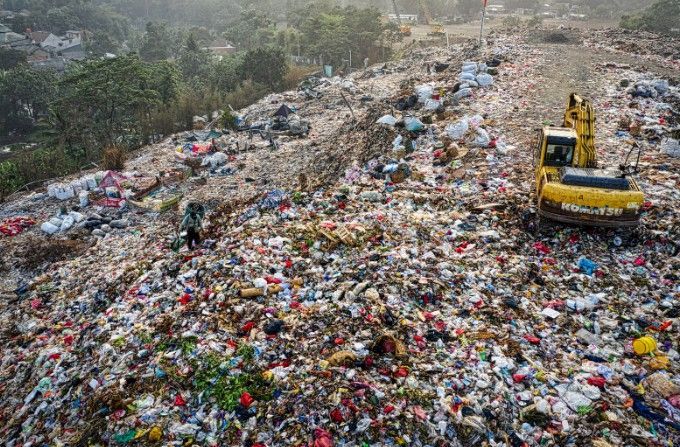
What’s happening in Augusta isn’t just junk removal—it’s a new cultural rhythm where discarded items inspire renewed awareness and responsible decision-making. Every time an item is repurposed or donated rather than dumped, it sends a subtle but powerful message: there’s value in what we toss. Local contractors might rethink their approach to post-job cleanup, opting to sort and recycle drywall or repurpose lumber. Schools might initiate collection drives for gently used mattresses or electronics, creating hands-on lessons in sustainability. The ripple effect is contagious. Conversations at neighborhood events, posts on community forums, or mentions at city meetings slowly shift norms and expectations.
Charity pickups provide another layer of impact. When couches, desks, or appliances are donated instead of destroyed, they often find homes with families or nonprofits in need. This transforms junk removal from a transactional service into a civic partnership. Resources circulate instead of stagnate in landfills. As more people embrace circular thinking, a collective consciousness grows—one rooted in reuse, resource preservation, and responsibility for the waste we generate.
Economic Ripple Effects
The environmental benefits of landfill diversion are often celebrated, but the economic gains are equally significant—and far-reaching. Landfills are expensive operations. Beyond land usage, they require complex systems to manage leachate, vent methane, and comply with strict regulations. When junk removal services reduce the volume entering landfills, municipalities see meaningful cost savings. Fewer truckloads mean less wear on roads, reduced maintenance at dump sites, and delayed need for landfill expansions.
Simultaneously, recycling and donation channels fuel economic engines of their own. Local recycling centers employ sorters, haulers, technicians, and administrative staff. Donation-based nonprofits rely on a steady stream of usable goods to stock their shelves and sustain their missions. Every diverted item fuels jobs, services, and local spending. Even at the individual level, diversion often leads to cost savings. Many junk removal providers offer tiered pricing that rewards customers who pre-sort or donate items—making environmentally responsible disposal more affordable. In this way, every mattress, microwave, or beam of wood spared from the landfill becomes a small but measurable economic win for both individuals and the larger community.
Tech and Tools That Help
Modern junk removal isn’t simply about muscle and manpower—it’s powered by a suite of technologies and specialized tools that enhance every stage of the job. Advanced routing software ensures that trucks take the most efficient paths between pickups, reducing fuel consumption and cutting emissions. Onboard GPS systems help track vehicle movements in real time, allowing dispatchers to adjust schedules, reroute around traffic, or respond to unexpected volume. Digital inventory systems log what’s been collected, where it’s headed, and how much is being diverted. These logs can be analyzed to reveal recycling rates, seasonal trends, or areas where efficiency can improve.
The physical tools matter too. Hydraulic lifts and dump mechanisms make loading heavy items safer and faster. Industrial scales weigh recyclables to improve diversion reporting accuracy. Specialized containers and protective liners allow hazardous materials to be stored without risk of leakage. Mechanical sorters speed up the separation of mixed loads. These technologies not only increase the amount of waste that’s diverted—they make the entire process smoother, safer, and more transparent for both teams and clients.
Overcoming Challenges
While the vision of a zero-waste future is compelling, the journey is not without hurdles. Contamination is a frequent issue—especially with materials like yard waste mixed with plastic bags, or recyclable metals coated in grease or paint. These contaminants can compromise entire loads, reducing their recyclability or requiring more intensive processing. Electronics pose another challenge with tangled cords, batteries, and components that demand special handling. Then there are hazardous substances—paint cans, oils, solvents—which require extra caution and regulation.
Market fluctuations can also throw a wrench into the diversion process. If demand for recycled glass, wood, or plastic drops, materials may temporarily lose value, making recovery less economically viable. To counter this, resilient junk removal operations build networks of buyers and secondary processors. They stay nimble, sometimes storing materials until market conditions improve. Emerging solutions—like converting wood to biochar or plastics into fuel—offer promising alternatives during downturns.
Conclusion
Today, from residential driveways to large-scale commercial renovations, junk removal services in Augusta are playing a pivotal role in reshaping how waste is perceived and managed. What was once discarded without a second thought is now evaluated as a potential resource. Through a blend of strategic sorting, local partnerships, and ongoing community education, waste diversion has evolved from an environmental buzzword into a common practice. Every discarded appliance, piece of furniture, or construction remnant is now viewed through a new lens—one that considers reuse, recycling, and long-term sustainability. This collective shift not only reduces the burden on landfills but also strengthens the environmental health of Augusta and its surrounding areas.
If you're looking for a trusted partner to help manage your unwanted items with care and responsibility, look no further. Hinkins Disposal provides reliable junk removal solutions in the Augusta, GA area with a focus on minimizing landfill waste and maximizing eco-conscious disposal. To schedule a pickup or learn more about their services, you can reach them at (706) 885‑4032 or by emailing Hinkinsdisposal@gmail.com. Together, we can push toward a cleaner, more sustainable future.
